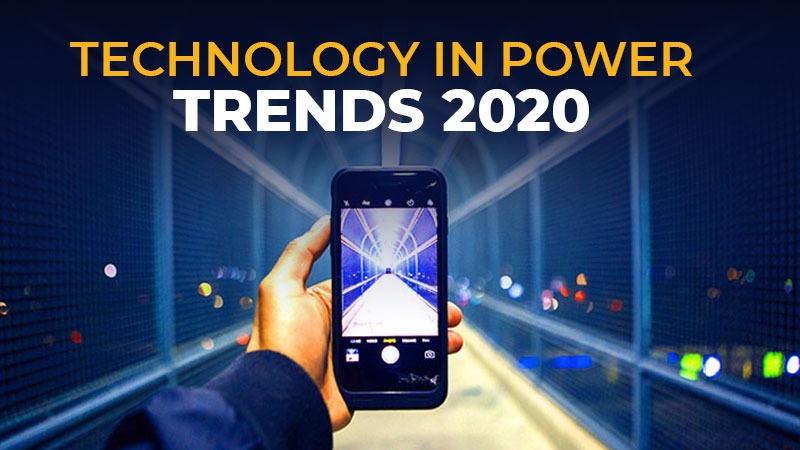10 Top Technology Trends for 2019 and the Jobs they will create
- Artificial Intelligence(AI)
- Machine Learning
- Robotic Process Automationor RPA
- Blockchain
- Edge Computing
- Virtual Realityand Augmented Reality
- Cyber Security
- Internet of Things
1. Artificial Intelligence (AI):
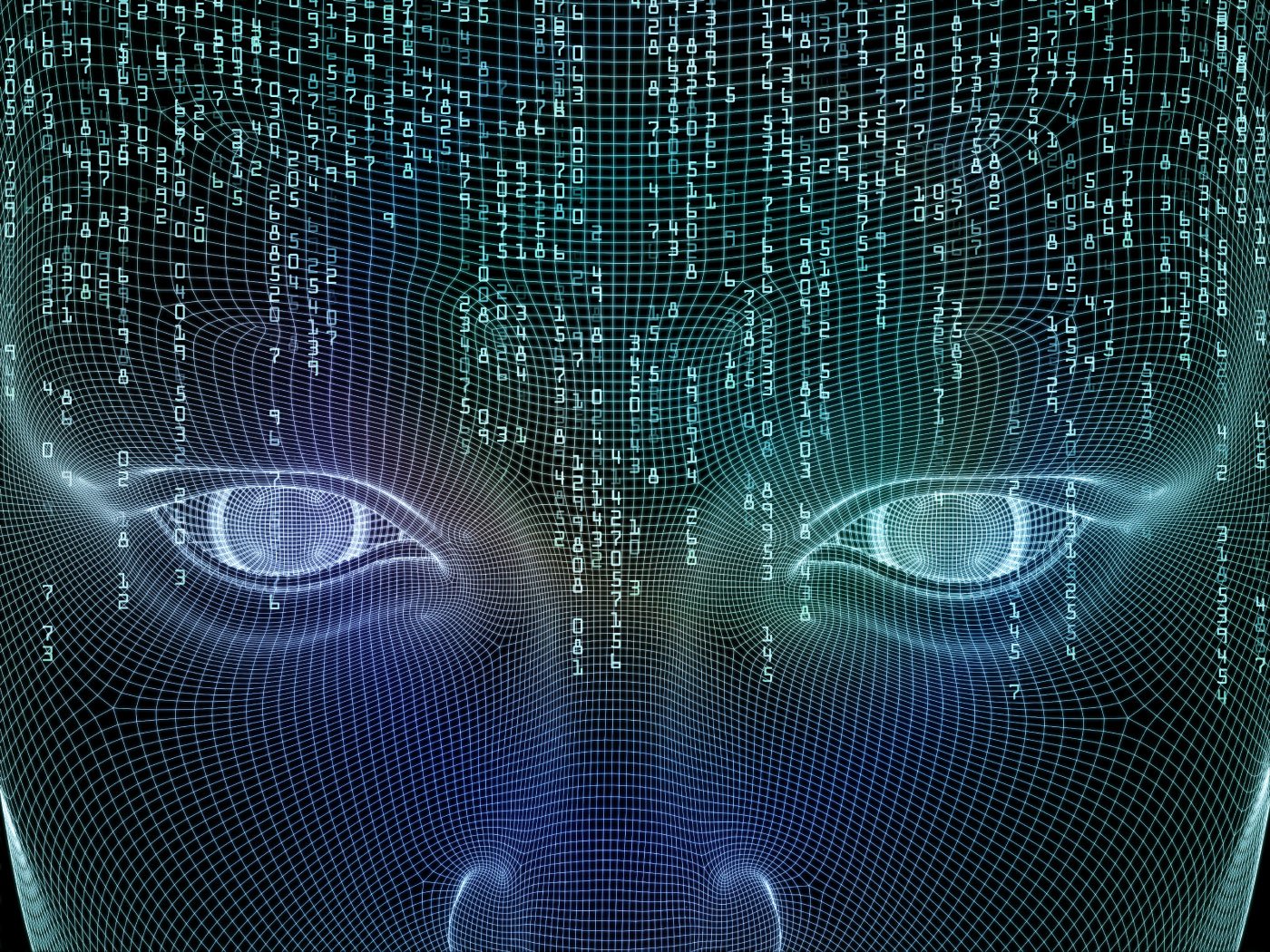
Man-made intelligence is one piece of what we allude to extensively as robotization, and mechanization is an intriguing issue on account of potential occupation misfortune.
Specialists state mechanization will dispense with 73 million additional employments by 2030. Notwithstanding, computerization is making occupations just as disposing of them, particularly in the field of AI: Pundits foresee that employments in AI will number 23 million by 2020.
Occupations will be made being developed, programming, testing, backing and upkeep, to give some examples. Man-made reasoning engineer is one such employment. Some state it will before long adversary information researcher in requirement for gifted experts.
2. Machine Learning
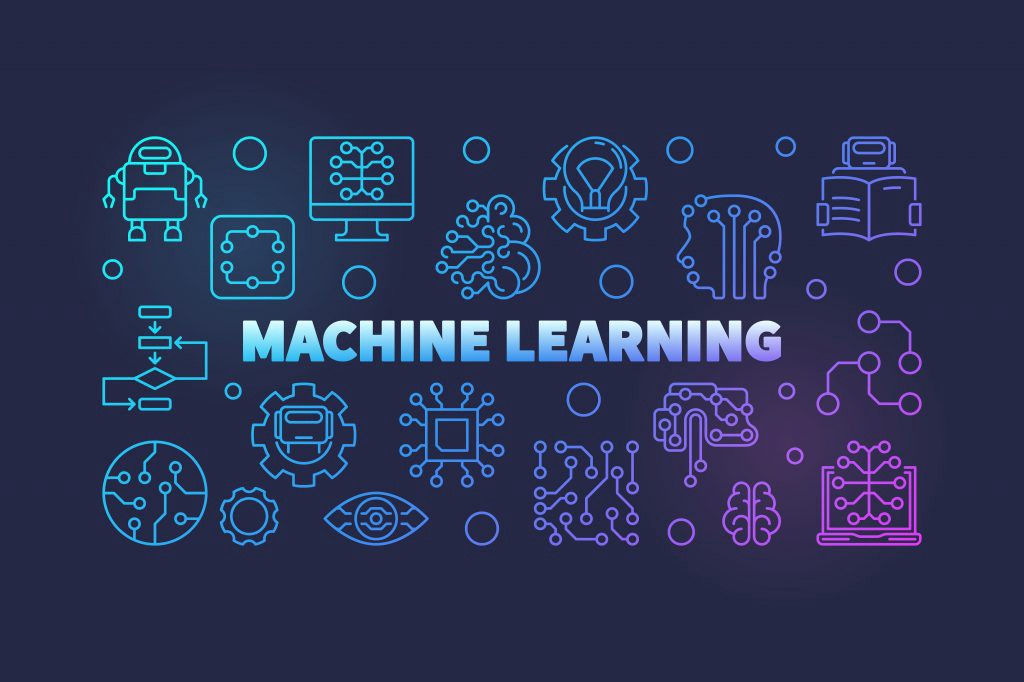
Machine Learning is quickly being conveyed in a wide range of businesses, making a colossal interest for gifted experts. The Machine Learning market is required to develop to $8.81 billion by 2022. Machine Learning applications are utilized for information examination, information mining and example acknowledgment.
On the buyer end, Machine Learning powers web list items, continuous promotions and system interruption recognition, to give some examples of the numerous assignments it can do.
Learn more about Machine Learning!
3. Robotic Process Automation or RPA
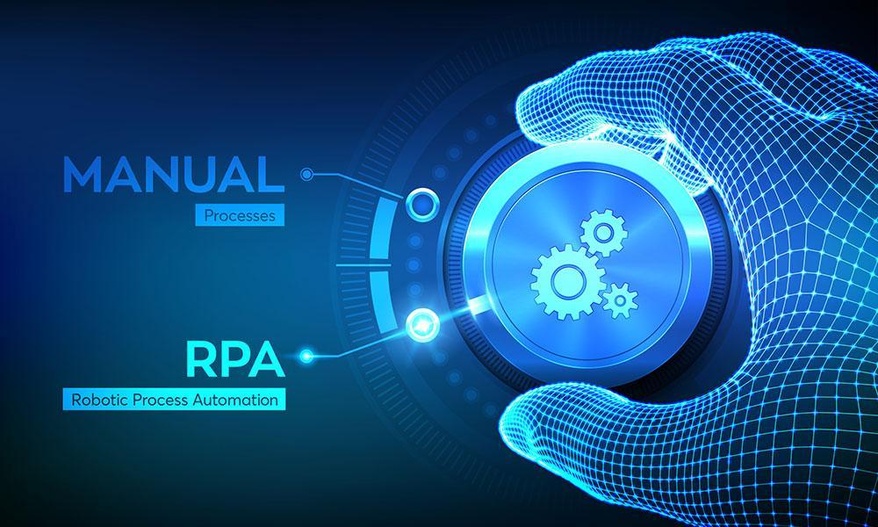
Like AI and Machine Learning, Robotic Process Automation, or RPA, is another innovation that is computerizing employments. RPA is the utilization of programming to computerize business procedures, for example, deciphering applications, handling exchanges, managing information, and notwithstanding answering to messages.
RPA robotizes redundant errands that individuals used to do. These are not simply the modest errands of a low-paid specialist: up to 45 percent of the exercises we do can be computerized, including crafted by budgetary chiefs, specialists and CEOs.
In spite of the fact that Forester Research gauges RPA mechanization will compromise the employment of 230 million or more information laborers or around 9 percent of the worldwide workforce, RPA is likewise making new occupations while changing existing employments. McKinsey finds that under 5 percent of occupations can be completely computerized, yet around 60 percent can be halfway mechanized.
4. Blockchain

Albeit the vast majority consider blockchain innovation in connection to digital forms of money, for example, Bitcoin, blockchain offers security that is valuable from multiple points of view. In the most straightforward of terms, blockchain can be portrayed as information you can just add to, not detract from or change.
Consequently the expression “chain” since you’re making a chain of information. Not having the capacity to change the past squares is the thing that makes it so secure. Also, blockchains are agreement driven, as clarified in this Forbes article, so nobody substance can assume responsibility for the information. With blockchain, you needn’t bother with a confided in outsider to supervise or approve exchanges.
5. Edge Computing
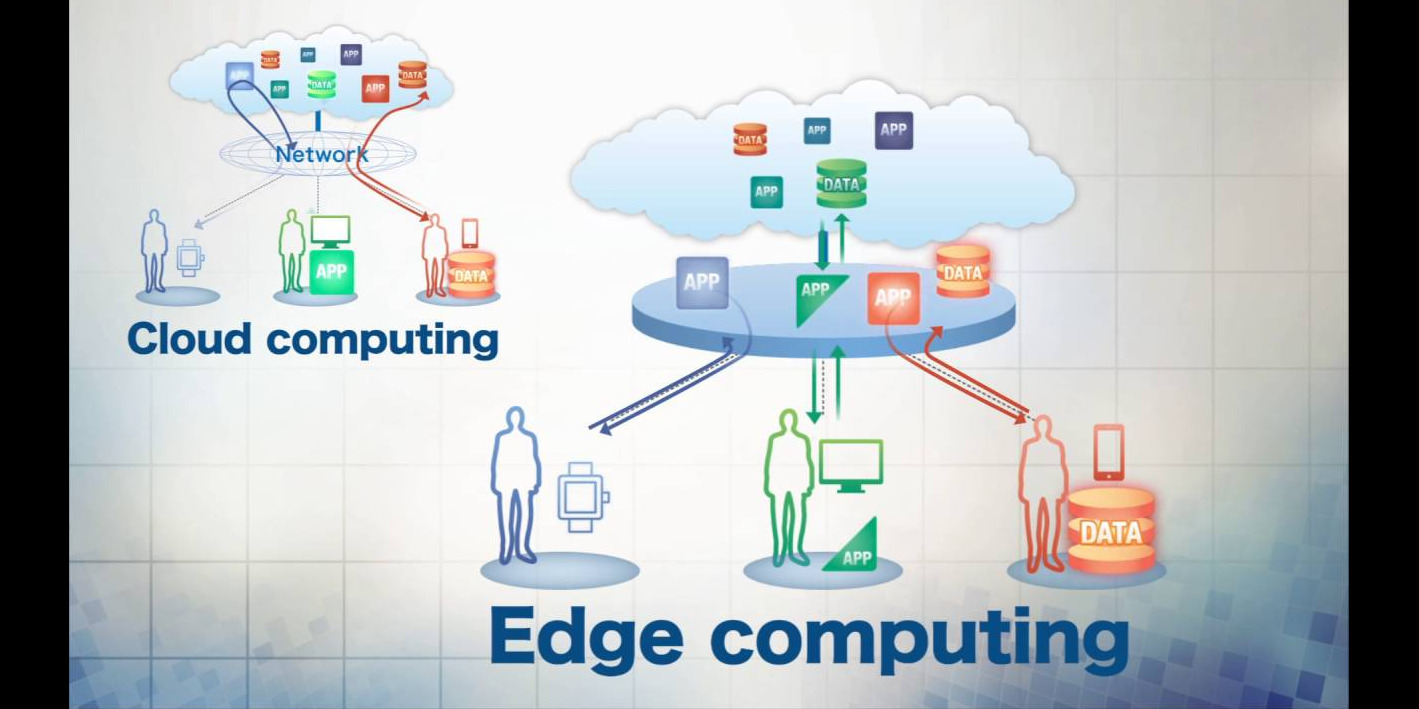
Once in the past an innovation pattern to watch, distributed computing has moved toward becoming standard, with real players AWS (Amazon Web Services), Microsoft Azure and Google Cloud commanding the market.
The reception of distributed computing is as yet developing, as an ever increasing number of organizations move to a cloud arrangement. In any case, it’s never again the developing innovation. Edge is. Move over, distributed computing, and clear a path for the edge.
6. Virtual Reality and Augmented Reality

Virtual Reality (VR) immerses the user in an environment while Augment Reality (AR) enhances their environment. Although VR has primarily been used for gaming thus far, it has also been used for training, as with a simulation software used to train U.S. Navy, Army and Coast Guard ship captains.
7. Cyber Security
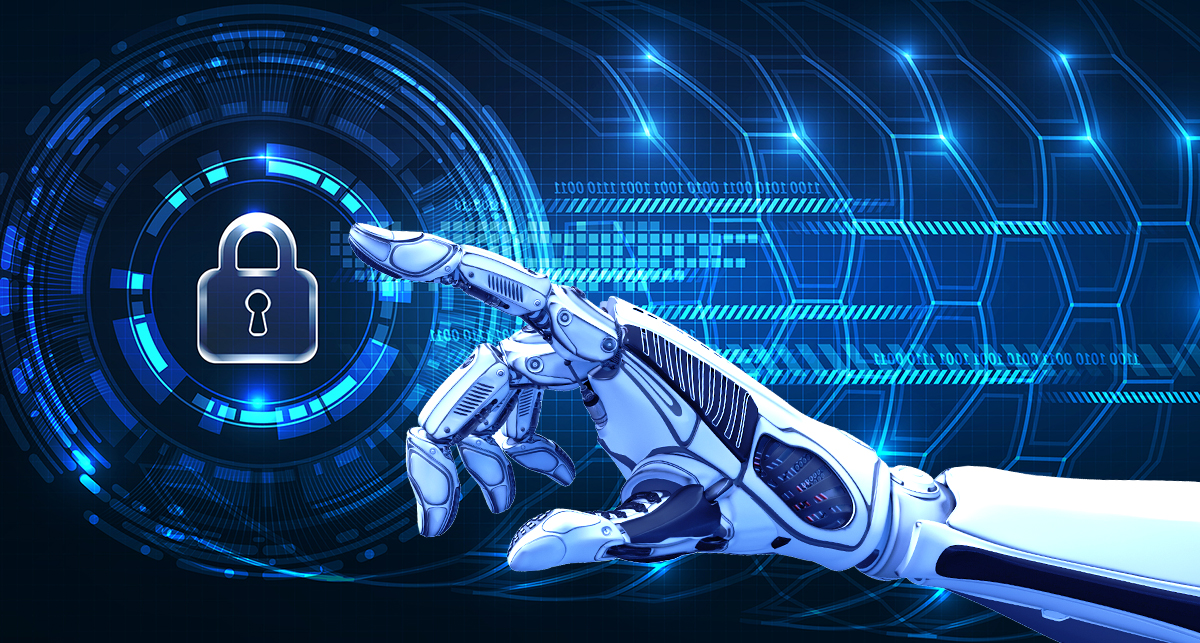
Digital security probably won’t appear rising innovation, given that it has been around for some time, yet it is developing similarly as different advances may be. That is to a limited extent since dangers are always new.
The pernicious programmers who are attempting to wrongfully get to information are not going to surrender at any point in the near future, and they will keep on discovering approaches to get past even the hardest safety efforts. It’s additionally to some extent in light of the fact that new innovation is being adjusted to improve security.
Three of those progressions are equipment confirmation, cloud innovation, and profound getting the hang of, as per one master. Another includes information misfortune avoidance and conduct investigation to the rundown. For whatever length of time that we have programmers, we will have digital security as a rising innovation since it will continually develop to safeguard against those programmers.
8. Internet of Things
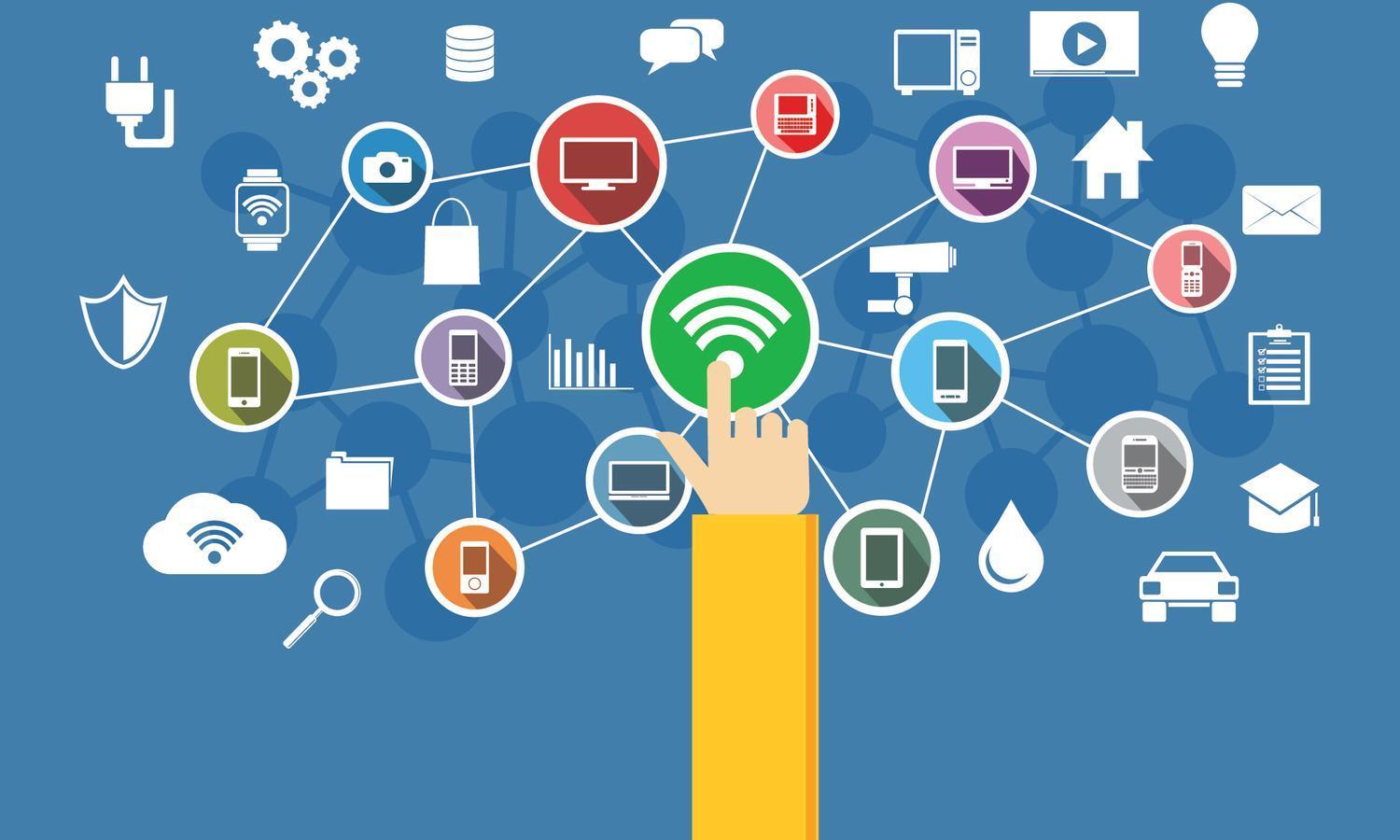
Although it sounds like a game you’d play on your smartphone, the Internet of thing (IT) of the future. Many “things” are now being built with WiFi connectivity, meaning they can be connected to the Internet—and to each other.
Hence, the Internet of Things, or IoT. IoT enables devices, home appliances, cars and much more to be connected to and exchange data over the Internet. And we’re only in the beginning stages of IoT: The number of IoT devices reached 8.4 billion in 2017 is and expected to reach 30 billion devices by 2020.

